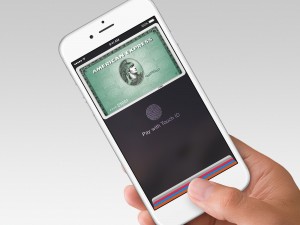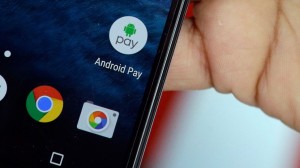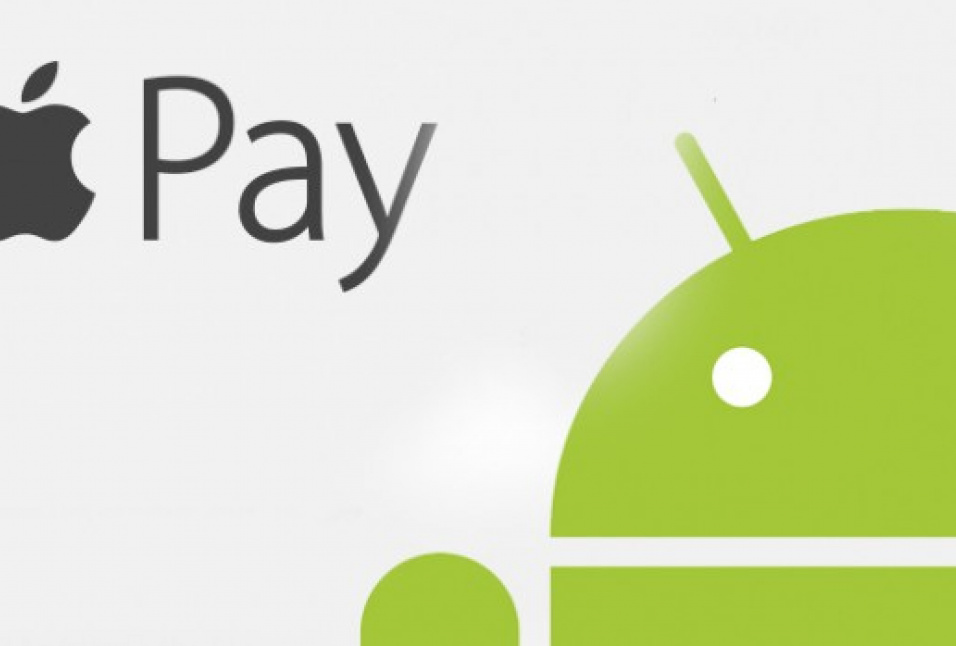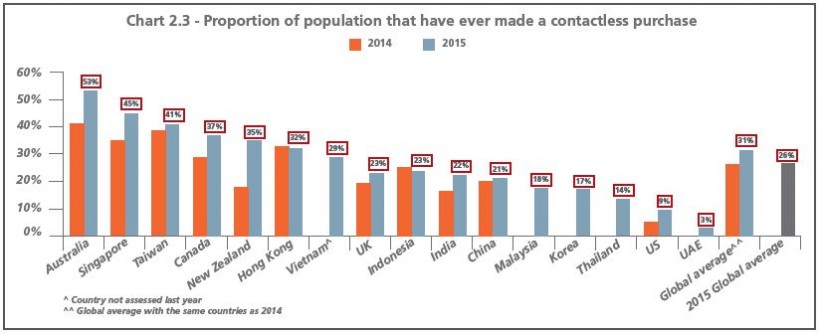In October of this year Apple Pay announced that it would soon be launching in Australia and Canada (and in Singapore, Hong Kong and Spain in 2016), however unlike most Apple announcements this one did not come with much fanfare, due to the fact that at the time of announcement the company was only able to note that one company - American Express - would be operating as a launch partner.
When it launched in November this scenario remained the same in Australia, as it has ever since, with the country's 'Big Four' banks in particular remaining stedfast in opposition to the mobile wallet system. The situation has even caused politicians to get involved, with the Federal Opposition spokesperson for digital innovation raising the matter in a letter to the Australian Governor of the Federal Reserve last month, noting concern "that it denies consumer access to a secure, efficient payment platform".
Whilst things appear a little more fluid in Canada, the situation there also remains the same and none of the country's 'Big Five' banks have indicated an intention to sign up to the Apple Pay system. Although in what might well have been a hopeful error by one bank based Apple fan, in October a Toronto-Dominion (TD) Canada Trust webpage promoted the pending arrival of the service for its customers in Canada, though the page was later removed and the bank apologised for any confusion that was caused.
The situation in Australia and Canada also stands in stark contrast to what Apple Pay has encountered in the UK, where the largest banks are now signed on to the system, and the US where over 700 banks currently offer the payment platform to their customers. At the same time Apple Pay has announced its intention to launch in the world's second largest economy and the company's second largest market, China, and is promoting its launch partnership with UnionPay in the country. UnionPay is a widely used card payments provider with over 200 partners in China, and has issued more than five billion bank cards at home and abroad. It is expected that the service will launch in China, in 2016.
The partnership with Union Pay also mirrors the approach taken by Apple when partnering with American Express in Canada and Australia, to partner with a card services provider as opposed to the bank or financial institutions that likewise offer those card services. It may be that Apple sees a clearer (and more profitable) pathway to negotiating with other card payment services providers, like industry behemoths Visa and Mastercard in Australia and Canada, though they are not speaking publicly about it; and it is worth remembering that in the case of Canada and Australia, currently only cards issued by American Express can be used with Apple Pay as opposed to an American Express card offered by a bank or financial services provider.
It is not yet clear precisely how the partnership will work in the Union Pay scenario. And with Samsung also announcing it had formed an agreement with Union Pay in China, and the current Chinese contactless payments market leader Alipay (owned by the Alibaba Group) having over 400 million active users in the country (approximately 80% market share), Apple Pay should expect to have a fight on its hands to gain traction there
(Source: NFC World, first published May 2015)
Whilst all this is going on Android Pay has been having some victories of its own, particularly in Australia. Last week Android Pay announced launch partnerships with over half a dozen banks in Australia, including 'Big Four' members ANZ and Westpac, as well as large second-tier banks ING Direct, Bendigo Bank, Bank of Melbourne, St George and Bank of South Australia (the latter three being Westpac subsidiaries). As ANZ products and marketing managing director Matt Boss said at the time of the launch "Australians are already the highest user s of contactless payments in the world and, given the dominance of Android in the local smartphone market, it made sense for us to partner with Google on the introduction of Android Pay into Australia".
s of contactless payments in the world and, given the dominance of Android in the local smartphone market, it made sense for us to partner with Google on the introduction of Android Pay into Australia".
This announcement could only be interpreted as a setback for Apple Pay in Australia, coming months after its own October announcement, and involving two of the country's largest banks as it did. At the same time TD Bank, a subsidiary of Canada's second largest bank - Toronto Dominion Canada Trust - and one of the largest banking groups in North America has, in the past fortnight, quietly signed on to Android Pay for its US operations. In Canada the bank offers its own TD Mobile Payment app, which is only available on Android and Blackberry devices. Quite possibly a sign of its future intentions.
Whilst it is clear that the mobile payment wars are still in there early stages, and this fight is not going to be as simple as Android vs. Apple, or VHS vs. Betamax with many other players on the world stage, it is clear that in the digitally engaged marketplaces of Australia and Canada, Android currently has the edge over Apple Pay. Whether this remains the case, time will tell.



